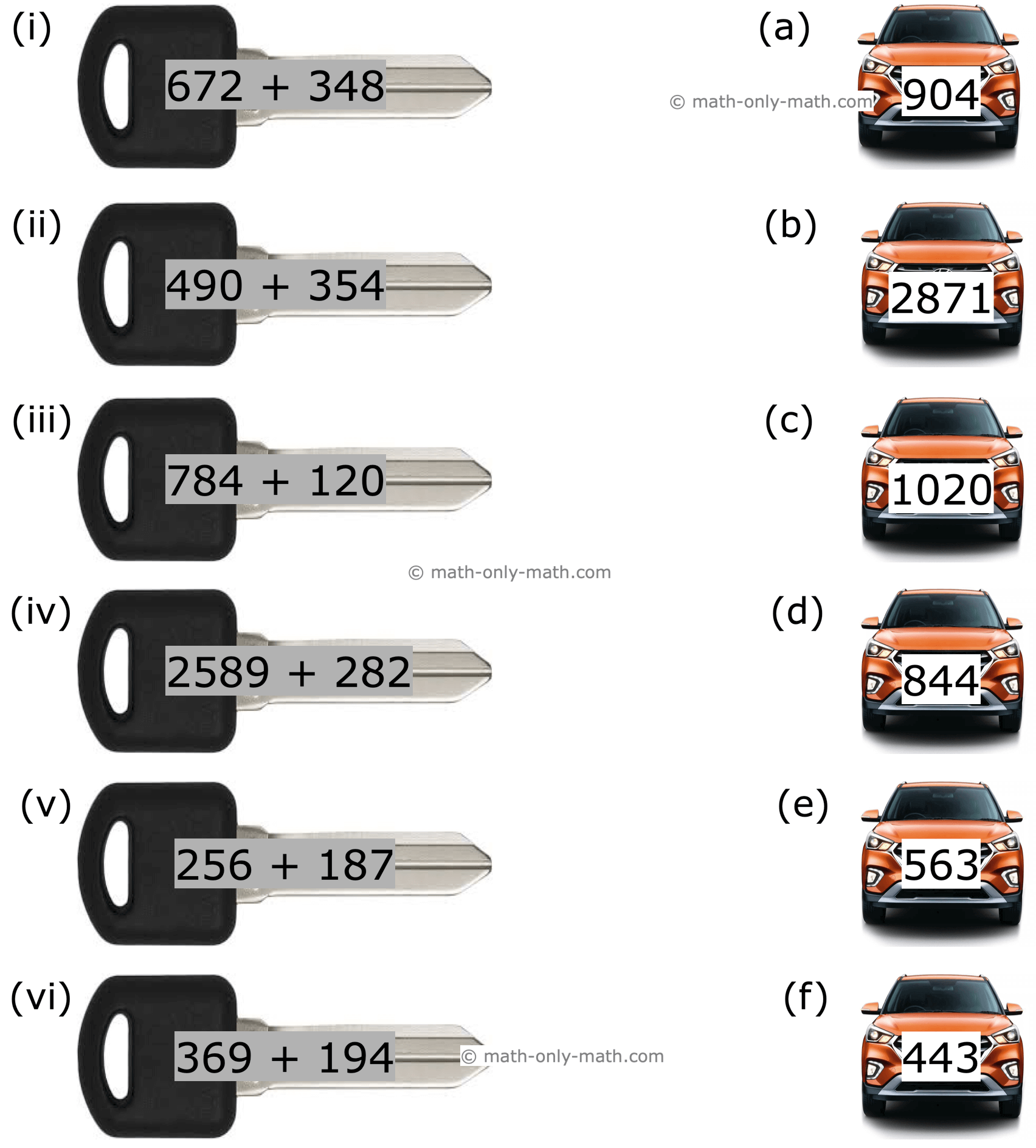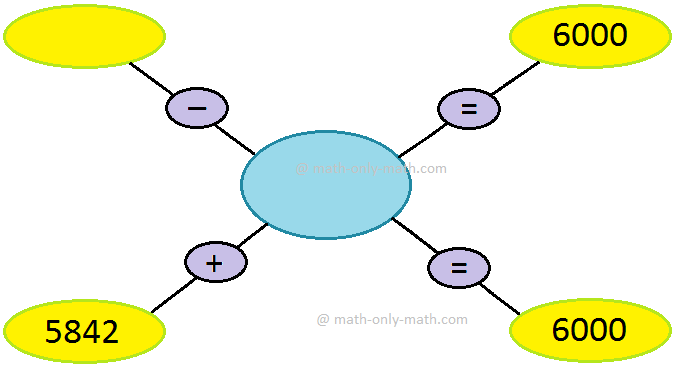Laws of Inequality
We will discuss here about the laws of inequality.
I. 1. If m > n then (i) m + k > n + k
(ii) m – k > n – k, where k is any positive or negative number.
Example: If x + 5 > 25 then x + 5 + 3 > 25 + 3, i.e., x + 8 > 28.
If x + 3 > 12 then x + 3 – 3 > 12 – 3, i.e., x > 9
If 7x + 3 > 6x + 5 then 7x + 3 – 6x – 3 > 6x + 5 - 6x – 3, i.e., x > 2
2. If m > n then (i) km > kn, where k is a positive number
(ii) km < kn, where k is a negative number
Example: If 7x > 5 then \(\frac{1}{7}\) ∙ 7x > \(\frac{1}{7}\) ∙ 5, i.e., x > \(\frac{5}{7}\)
Note: If m > n then (-1)m < (-1) n, i.e., -m < - n.
3. If m > n then (i) \(\frac{m}{k}\) > \(\frac{n}{k}\), where k is a
positive number
(ii) \(\frac{m}{k}\) < \(\frac{n}{k}\), where k is a negative number.
Example: If 7x > 35 then \(\frac{7x}{7}\) > \(\frac{35}{7}\), i.e., x > 5.
If -5x > -20 then \(\frac{-5x}{-5}\) < \(\frac{-20}{-5}\), i.e., x < 4.
Similar law hold for the inequality “≥”.
II. 1. If m < n then m + k < n + k, m – k < n – k, where k is any number positive or negative.
2. If m < n then (i) km < kn, where k is a positive number.
(ii) km > kn, where k is a negative number.
3. If m < n then (i) \(\frac{m}{k}\) < \(\frac{n}{k}\), where k is a positive number
(ii) \(\frac{m}{k}\) > \(\frac{n}{k}\), where k is a negative number.
Note: If m < n then (-1) m > (-1) n, i.e., - m > - n
Similar law hold for the inequality “≤”.
III. 1. If mn > 0 then m > 0, n > 0 or m < 0, n < 0
2. If mn < 0 then m > 0, n < 0 or m < 0, n > 0.
Note: p < q and q > p are the same inequality.
p < q and q < r together is also written as p < q < r.
From Linear Inequation in One Variable to HOME
Didn't find what you were looking for? Or want to know more information about Math Only Math. Use this Google Search to find what you need.
Recent Articles
-
3rd Grade Math Worksheets |3rd Grade Math Sheets|3rd Grade Math Lesson
Jan 14, 25 02:50 PM
3rd grade math worksheets is carefully planned and thoughtfully presented on mathematics for the students. Teachers and parents can also follow the worksheets to guide the students. -
3rd Grade Subtraction Worksheet | 3-Digit Subtraction Worksheets | Ans
Jan 14, 25 01:57 PM
In 3th Grade Addition Worksheet we will solve how to subtract 3-digit numbers by expansion, subtraction of 3-digit numbers without regrouping, subtraction of 3-digit numbers with regrouping, propertie… -
Facts about Subtraction | Subtraction of Small Numbers|Solved Examples
Jan 14, 25 12:29 AM
The operation to finding the difference between two numbers is called subtraction. Let us know some facts about subtraction which will help us to learn subtraction of large numbers. 1. Subtraction wit… -
Word Problems on Subtraction |Worksheet on Subtraction Word Problems |
Jan 14, 25 12:21 AM
In word problems on subtraction we need to read the question carefully and understand what we need to find out. We know, in subtraction the larger number from which we subtract the other number (the s… -
Worksheet on Estimating Sums and Differences | Find the Estimated Sum
Jan 13, 25 01:34 PM
In 4th grade worksheet on estimating sums and differences, all grade students can practice the questions on estimations.This exercise sheet on estimating sums and differences can be practiced





New! Comments
Have your say about what you just read! Leave me a comment in the box below. Ask a Question or Answer a Question.